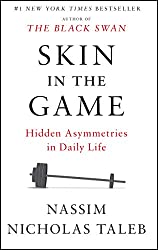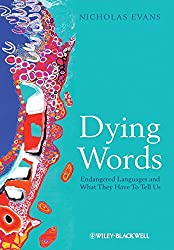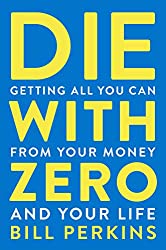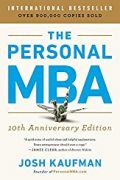
Rating: 7.6/10.
This is the second book I read by this author, after Black Swan. An antifragile object is something that becomes stronger when stress is applied (up to a certain point). To make it antifragile, it should be exposed to positive black swan events, where it will gain a lot from randomness, and have limited exposure to negative black swan events.
Models are fragile because they tend to underestimate their own error, and black swan events are inherently unpredictable. This applies to medicine (“iatrogenic effect”), where intervention is harmful when it’s not really needed. Antifragile systems tend to rely less on prediction, and more on allowing small, non-fatal mistakes and learning from them.
The author attacks the predictive nature of our current financial system, but doesn’t really offer a convincing alternative. He advocates for decision making based on intuition without complex mathematical models, but that doesn’t sound like a viable strategy. The book makes some really interesting observations, but I’m annoyed at his writing style. He names some respectable, Nobel prize winning economists and calls them “fragilistas”. His general condescending attitude detracts from his credibility.



